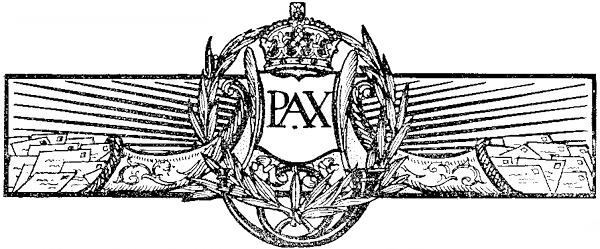Cultures > Illyro-Roman Culture
Illyro-Roman Culture

Background
Illyro-Roman is a term used in historiography and anthropological studies for the Romanized Illyrians within the ancient Roman provinces of Illyricum, Moesia, Pannonia and Dardania. The term 'Illyro-Roman' can also be used to describe the Roman settlers who colonized Illyricum. Illyricum was heavily colonized by the Romans beginning in the third century BC. The Romans founded the cities of Acruvium, Cibalae, Mursa, Narona, Siscia, and established colonies at Salona, Sirmium, Epidaurum, Aequum, Iader, Rhizon, and in many other cities. These cities were colonized by Roman war veterans.
The Illyrian tribes were considered barbarians by both the Romans and the Hellenic peoples in the southern Balkans. The term Illyrian originally denoted one tribe that lived around Lake Scutari situated along the border of Albania and Montenegro. They were considered among the vast group of barbarian peoples such as the Gauls, Germans, and Dacians. The conquest of Illyria in 168 BC, along with that of Epirus, consolidated the Roman domain over the Adriatic Sea. The mountainous geography of the region meant that the region was hard to subdue, but by 9 CE the Great Illyrian Revolt had been quelled and from then on the region would supply large numbers of non-citizen soldiers to the Roman Auxilia.
The Romanization of these barbarian peoples eventually transformed them into the most valuable soldiers of the Late Roman Army, with a substantial portion of the officials and generals coming from a northern balkanic background, such as Illyria, Dalmatia, Pannonia and Moesia. One emperor, Decius, several usurpers and during the reign of Gallienus, who started the professionalization of the high command of the army, large numbers of soldiers achieved high rank within the army. They took the place which the Senatorial order had had the privilege of holding since the time of Augustus, 250 years earlier, the command of the legions and armed provinces.
It was from this group that the most successful emperors of the time came from and it was they who brought the Crisis of the Third Century to an end. Examples include Claudius II Gothicus, Aurelian, and Probus. There was also the case of Justinian, who was noted for undertaking large-scale political and legislative reform that restructured the Roman empire. He was born in 483 near Skopje to an obscure Illyro-Roman family and became an associate emperor to his uncle, Justin I, who adopted him.[2] However, other sources note that Justinian came from a Thraco-Roman background. The creator of the Tetrarchy Diocletian and his fellow Tetrarchs Maximian, Constantius Chlorus (father of the first Christian emperor Constantine) and Severus II were also of Illyro-Roman background.
Illyro-Roman culture refers to the blend of Illyrian and Roman traditions, customs, and practices that emerged in the region of Illyria during the period of Roman rule and influence. Illyria was an ancient region located in the western Balkans, corresponding roughly to parts of modern-day Albania, Croatia, Bosnia and Herzegovina, Montenegro, and Serbia.
Roman Conquest and Integration: The Roman Republic and later the Roman Empire expanded into Illyrian territory through conquest and diplomacy, bringing the region under Roman control. Roman settlers, soldiers, and administrators were deployed to Illyria, introducing Roman customs, language, and institutions to the local population.
Language and Linguistic Influence: Latin became the administrative and military language of Roman Illyria, coexisting with indigenous Illyrian languages and dialects. Over time, Latinization likely spread among the Illyrian population, with Latin words and phrases entering everyday speech and influencing the development of local Romance languages, such as Dalmatian and Romanian.
Religion and Mythology: Roman religious beliefs and practices were introduced to Illyria alongside Roman rule. Illyrian gods and goddesses may have been assimilated into the Roman pantheon or syncretized with Roman deities. Similarly, Roman cults such as those of Jupiter, Diana, and Apollo may have gained adherents among the Illyrian population.
Art and Architecture: Roman architectural styles and techniques left their mark on the landscape of Illyria, with the construction of roads, forts, bridges, and public buildings following Roman designs and standards. Illyrian craftsmen and artisans likely contributed to the production of Roman-style pottery, sculpture, and other artistic works, incorporating local motifs and influences.
Social and Economic Integration: The integration of Illyria into the Roman Empire brought economic opportunities and social changes to the region. Roman infrastructure projects facilitated trade and communication, while Roman law and administration provided a framework for governance and taxation. Illyrian elites may have adopted Roman customs and lifestyles as a means of social advancement and integration into the imperial system.
Despite the Romanization of Illyria, traces of indigenous Illyrian culture likely persisted alongside Roman influences, contributing to the unique cultural identity of the region. Illyro-Roman culture represents a complex synthesis of Illyrian and Roman elements, reflecting the dynamic interactions and exchanges that occurred between these two ancient civilizations during the Roman period.